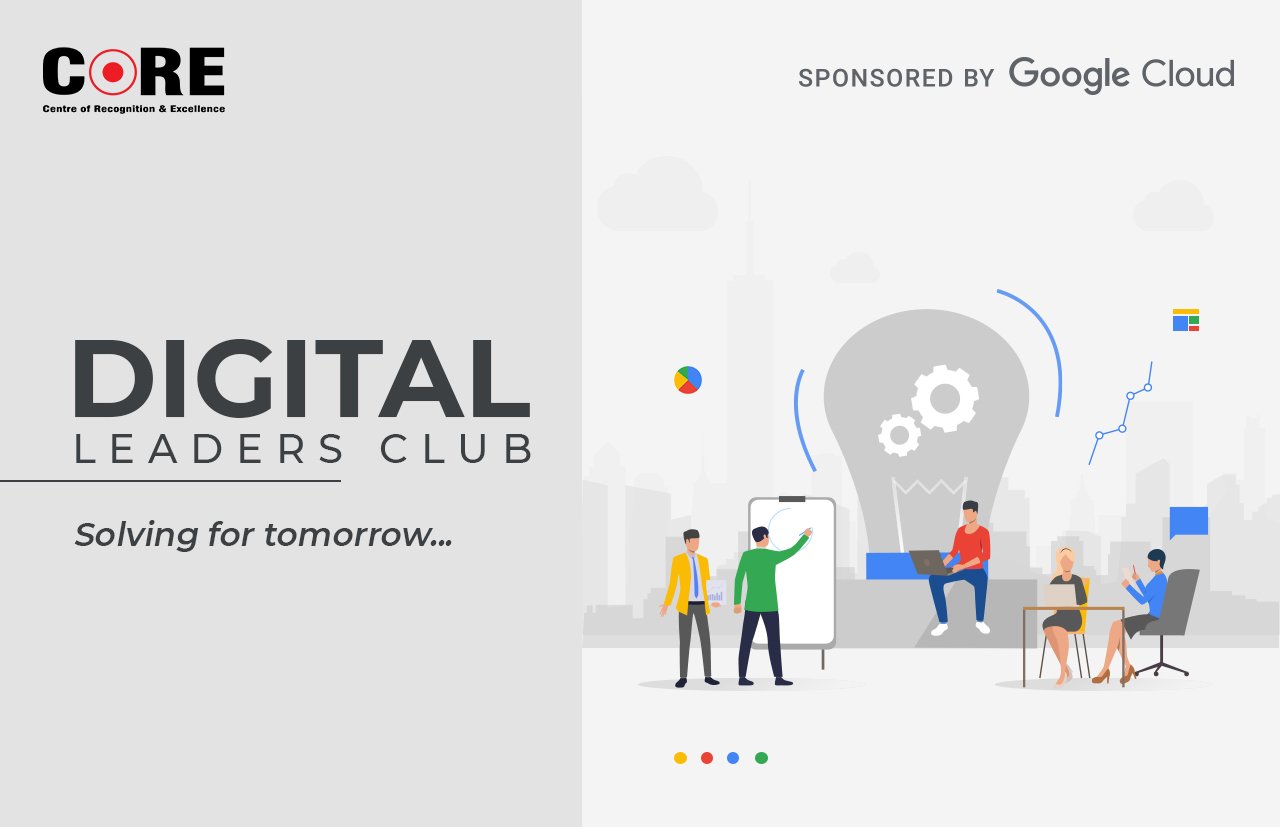- IT leaders are increasingly leveraging data-driven insights to transform offerings, user engagement and customer experiences.
- Vision AI, speech recognition and advanced forecasting models are helping CIOs re-architect end-user engagement models through digital channels.
The changing consumer behaviour has been one of the biggest drivers of innovation and experience in the digital era. With data at the heart of these changes, IT leaders are constantly focusing on building new digital experiences for customers by leveraging analytics.
The latest edition of “Digital Leaders Club”, a unique discussion platform curated by CORE Media and Google Cloud India, brought to the table some amazing examples of transformation. CIOs across verticals and Google India executives discussed how the fast pace of change and innovation are going to become the norm now.
“The next phase of digital revolution is upon us, where one can't avoid going digital. Digital transformation is part of everybody’s agenda irrespective of what business line they are in. For verticals such as retail, fashion, and financial services, the digital journey is pretty much on the anvil,” said Anoop Mathur, Founder & President, CORE Media, who moderated the discussion.
Rajesh Ramdas, Head of Customer Engineering, Corporate Accounts at Google, said, “We are focusing on how to convert the awareness and the interest that gets generated with digital messages into actual sales. The whole experience becomes extremely important, with the ability for customers to do things in a virtual mode. For example, the Google Lens technology used on Android phones are now used byretailers as a part of the virtual engagement model. We are making it much more immersive even though the customer is not able to come to the retailer’s store physically. We are also looking at the future trends that feed into the reatiler’s forecasting model at the back-end operations.”
Sharing her thoughts on regulations that bind companies in their digital journey, Kamolika Peres – Director, Google Cloud India said: “Be it healthcare or financial services, there has been a substantial increase in cloud adoption to drive digital transformation. Google Cloud is doing a lot of work with large manufacturers, where we see that the factory data, enterprise system data, and analytics data to drive modernization. This is something that has seen a tremendous uptick in the pandemic era. We have seen that each organisation’s path to the cloud is different and they must work on a customised digital path which can actually then anchor the movement to cloud.”
Sharing his company’s digital transformation journey, A CDO of a fashion and retail firm, said: “There has been a lot of focus on digital engagement and digital experience in the last one and half years. One of the first thing we did at the very beginning of the pandemic was make the stores accessible customers through digital channels. Extrapolating it from there, our focus has shifted towards establishing our brands digitally, and how do we take them forward by leveraging a multi-brand architecture, backed up with a lot of customer Analytics.”
Another CIO of a pharma major said, “Enabling real-time data access to employees- our internal customers- has been one of our key priorities. And this would not have been possible without leveraging cloud. It has helped us provide a frictionless self-service experience to our users. We are probably one of the first in the industry to use chatbots for internal customers. The cloud journey has helped us a lot to stay ahead of the curve.”
The panel was of the view that going forward it becomes imperative for enterprises across sectors to enable digital transformation and leverage cloud to stay agile and ensure business continuity.


